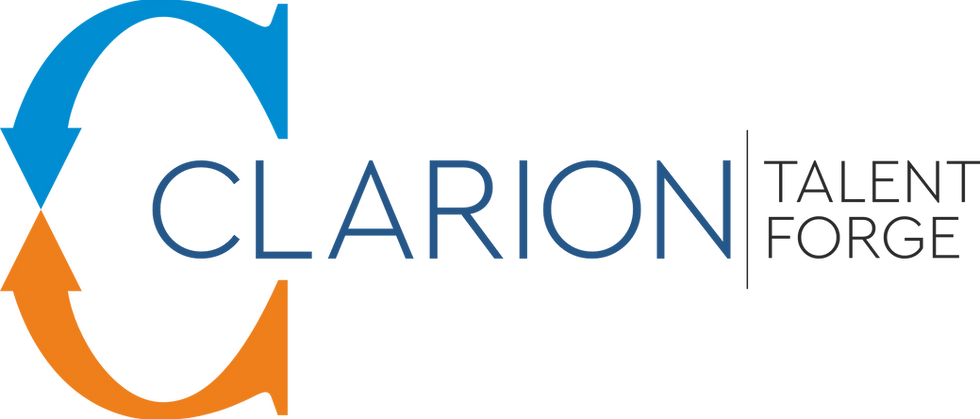DSC- Digital Signature Certificate

It is an electronic form of a signature that is used to authenticate the identity of the sender of a document or message in digital form. It serves as a secure and legally recognized way to sign electronic documents.
Digital Signature Certificates (DSC) are the digital equivalent (that is electronic format) of physical or paper certificates.
Here's what you need to know:
Authentication: DSCs validate the identity of the signer, ensuring the person signing the document is genuine.
Security: They ensure the integrity and authenticity of electronic documents, preventing tampering or alterations.
Legally Valid: DSCs are legally recognized under Indian law (the Information Technology Act, 2000) and are commonly used in online transactions, e-filing of income tax returns, company filings, and signing contracts.
Issued by Certifying Authorities (CAs): Authorized entities, like government-approved certifying authorities, issue DSCs.
Uses: DSCs are used in e-filing of income tax returns, ROC forms, online banking, tender submissions,invoices, GST returns and many more.
Expiry: Every DSC comes with an expiration period. DSC will be issued with 1 year (or) 2 year (or) 3 years validity based on our application. We can choose the period based on our need and requirement to use DSC. The expiry date of DSC can be obtained by inserting the DSC token and verifying the properties of the USB token.
Step-by-Step Guide to Affix DSC to a PDF:
Obtain a Digital Signature Certificate (DSC): Ensure you have a valid DSC issued by a Certifying Authority. The DSC is usually provided in a USB token or as a file.
Install Required Software: Adobe Acrobat Reader (Free): For basic digital signature functionality. Em signer or DSC utility (can be downloaded from GST, IT and MCA portal)
Insert the DSC into Your Computer: Insert it into a USB port on your computer.
Open the PDF Document: Open the PDF file you want to sign using Adobe Acrobat Reader or another PDF tool that supports digital signatures.
Sign the PDF Document: Using Adobe Acrobat Pro DC:
Open the PDF: Launch Adobe Acrobat Pro DC and open your PDF.
Click on the “Tools” tab and select “Certificates.”
Click on “Digitally Sign”: Click the “Digitally Sign” button on the toolbar.
Select Signature Field: Draw a rectangle where you want to place the signature.
Choose Your DSC: Select your DSC from the list of available certificates.
Configure Signature Settings: Follow the prompts to configure your signature settings (such as signing reason, etc.).
Sign Document: Click “Sign” to affix the DSC to the document.
Save Document: Save the signed document.
After signing, you can verify the signature to ensure it has been applied correctly. In Adobe Acrobat, you can do this by opening the signed document and checking the signature status.
This process ensures that your digital signature is securely affixed to the PDF, providing both authentication and integrity to the document.
DSC TOKEN
A close-up of a card
Description automatically generated
DSC (Digital Signature Certificate) token, or simply DSC, is a pen drive shaped device that can be used to securely sign an electronic document.
To obtain a DSC token, the signer needs to apply to a Certifying Authority (CA) where he will have to submit KYC documents and undergo a video e-KYC process. The signer then must insert the DSC token into a computer and wait for driver software to install before proceeding to e-Sign any document.
Each DSC comes with a PIN, which is the password required to e-Sign a document with a DSC token. The PIN is known only to the signer in whose name the DSC has been issued.
DSC + Encryption:
Class 3 Digital Signature Certificates (DSCs) are a specific type of DSC used to provide a higher level of security and authentication for online transactions and communications. In India, DSCs are categorized into different classes based on the level of security they provide, and Class 3 is one of the most secure categories.
Characteristics of Class 3 DSC:
High Security:
Class 3 DSCs are designed to provide the highest level of security for online transactions. They ensure that the digital signature is authenticated and that the information has not been altered.
Authentication:
They require the highest level of identity verification. Users need to provide extensive documentation and undergo a thorough verification process to obtain a Class 3 DSC.
Usage:
Class 3 DSCs are often used for high-value and sensitive transactions, such as:
E-filing of income tax returns for companies and large entities
E-Governance applications and submissions
Online tenders and auctions
Signing of important contracts and agreements
Certification Authority (CA):
Class 3 DSCs are issued by Certifying Authorities (CAs) approved by the Controller of Certifying Authorities (CCA) in India. The issuance involves strict verification processes to ensure the authenticity and validity of the certificate.
Validation:
To obtain a Class 3 DSC, individuals or entities must undergo a rigorous validation process. This includes verification of identity and other credentials by the CA.
Benefits of Class 3 DSC:
Enhanced Security: Provides the highest level of security for digital transactions.
Legal Compliance: Meets stringent regulatory requirements for various high-value transactions.
Trustworthy: Builds trust and confidence in digital communications and transactions.
